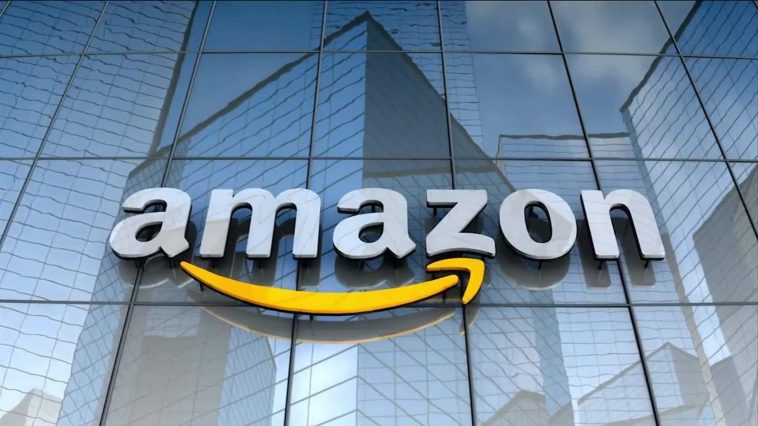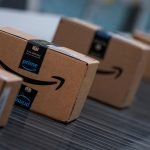Introduction.
If you’re an Amazon FBA seller, you already know that selling products on the world’s largest online marketplace offers massive potential. But let’s face it—getting your products in front of the right audience can be challenging.
With millions of competing items, it’s essential to stand out, and that’s where effective promotion comes in.
Promoting your Amazon FBA products isn’t just about flashy ads or discounts; it’s a strategy that combines visibility, credibility, and customer engagement to drive long-term growth.
In this guide, I’ll walk you through the ins and outs of promoting your Amazon FBA products successfully.
This includes popular promotional methods, detailed pros and cons, real tips to apply immediately, and a Frequently Asked Questions (FAQ) section for quick answers to common queries.
I’ll also wrap things up with some essential points and leave you with a question to ponder.
Let’s jump right in!
Why Promotion Is Key for Amazon FBA Sellers
When you’re selling on Amazon, it’s crucial to get noticed. Even if you have a fantastic product, it’s not going to sell itself.
Amazon’s algorithm favours products that already have good visibility, consistent sales, and positive customer feedback.
So, how do you gain that initial traction? Effective promotion not only helps your products reach more people but also builds the trust and reputation needed to turn one-time buyers into loyal customers. In short, good promotion helps with:
- Increasing visibility – The more people see your product, the more likely they are to buy it.
- Boosting sales velocity – Sales drive rankings and rankings lead to more sales—a beneficial cycle.
- Building brand loyalty – Promotions can help make customers familiar with your brand, leading to repeat purchases.
How Do I Promote My Amazon FBA Products?
Here’s a closer look at the methods to promote your Amazon FBA products, broken down into actionable steps.
1. Amazon Sponsored Ads.
Amazon offers its advertising platform, where you can run Sponsored Products, Sponsored Brands, and Sponsored Display Ads.
These ad types help you appear in relevant searches, giving you a higher chance to capture the attention of potential buyers.
Pros:
- Immediate visibility and reach
- Directly targets people searching for similar products
Cons:
- Can be costly, especially for competitive keywords
- Requires ongoing budget and careful optimization
Tip: Start with a small budget to test which keywords and audiences respond best. Then scale gradually, optimizing along the way.
2. Amazon Coupons.
Coupons are a great way to drive interest by offering discounts. When customers see that they’re saving money, they’re often more inclined to click and buy.
Pros:
- Attracts budget-conscious shoppers
- Can increase conversion rates
Cons:
- May reduce profit margins
- Not every customer searches for discounts
Tip: Pair coupons with other strategies, like social media marketing, to attract a wider audience.
3. Social Media Marketing.
Social media platforms like Instagram, Facebook, and TikTok can create valuable exposure for your products. With the right content, you can drive traffic directly to your Amazon listing.
Pros:
- Access to a broad audience
- Can create a brand presence beyond Amazon
Cons:
- Requires consistent, engaging content
- Can take time to build a following
Tip: Work with influencers or use paid ads to speed up reach and conversions.
4. Influencer Marketing.
Partnering with influencers can be a powerful way to reach new customers. Influencers bring credibility and can showcase your product in a way that feels authentic to their followers.
Pros:
- Builds trust with potential customers
- Can be highly targeted depending on the influencer
Cons:
- Can be costly, depending on the influencer’s reach
- Hard to measure direct ROI
Tip: Choose influencers with an audience that aligns closely with your product’s target market, not just the ones with the biggest following.
5. External Traffic from Blogs and Websites.
Driving traffic to your Amazon listings from other websites and blogs can improve your product’s visibility and bring in organic sales.
Pros:
- Boosts SEO and Amazon’s ranking algorithm
- Can provide long-term traffic if done right
Cons:
- Takes time and effort to build relationships
- May require some budget for sponsored posts
Tip: Consider writing guest posts or collaborating with niche sites related to your product.
6. Email Marketing (for Existing Customers).
If you have a list of past customers, email marketing can be an effective way to keep them engaged and encourage repeat purchases. While Amazon limits direct marketing, you can drive traffic to your brand’s site or social media pages.
Pros:
- Direct line of communication with customers
- Great for building long-term customer loyalty
Cons:
- Must adhere to Amazon’s strict guidelines
- Requires consistent content creation
Tip: Send exclusive offers, updates, or valuable content to keep your customers engaged.
7. Amazon Vine Program.
If your product is new and doesn’t have many reviews, Amazon Vine can help. This program allows trusted reviewers to try your product for free and share their honest feedback.
Pros:
- Helps build reviews for new products
- Trusted reviewers add credibility
Cons:
- Limited to products with certain criteria
- Costly for new sellers
Tip: Use Vine sparingly, especially for high-margin items where reviews can make a big impact.
Pros and Cons of Promoting on Amazon
Here’s a summary of the benefits and challenges of promoting your products on Amazon.
Pros:
- Increased visibility on a competitive platform
- Potential to boost organic rankings and sales
- Builds brand recognition and customer trust
Cons:
- Can be costly, especially for new sellers
- Requires ongoing investment and optimization
- May take time to see measurable results
FAQs
Q: How much should I budget for Amazon ads?
A: It depends on your niche and goals, but many sellers start with $10-$30 per day and adjust based on performance.
Q: Is influencer marketing worth it for Amazon products?
A: It can be, especially for products that lend themselves well to visual content. Look for micro-influencers who often charge less but have engaged audiences.
Q: Do I need to be active on social media to promote my Amazon products?
A: Not necessarily, but it can help, especially for building a brand presence. If you’re not a fan of social media, consider hiring a social media manager.
Q: What’s the best way to get reviews on Amazon?
A: Amazon’s Vine program and requesting feedback from satisfied customers can help, but make sure to follow Amazon’s review guidelines to avoid penalties.
Q: How long will it take to see results from promotion?
A: This varies. Some methods like Amazon ads can show results almost immediately, while social media or influencer marketing may take a few weeks or even months to gain traction.
Conclusion
There’s no one-size-fits-all solution when it comes to promoting your Amazon FBA products. From Amazon’s ads to social media, email marketing, and influencer collaborations, there are plenty of ways to boost your brand visibility and grow sales. The key is to start small, experiment, and see what works best for your product and audience.
So, with all these strategies to consider, here’s a question for you: What promotional approach are you most excited to try for your Amazon FBA products? Let me know your thoughts, and happy selling!





GIPHY App Key not set. Please check settings